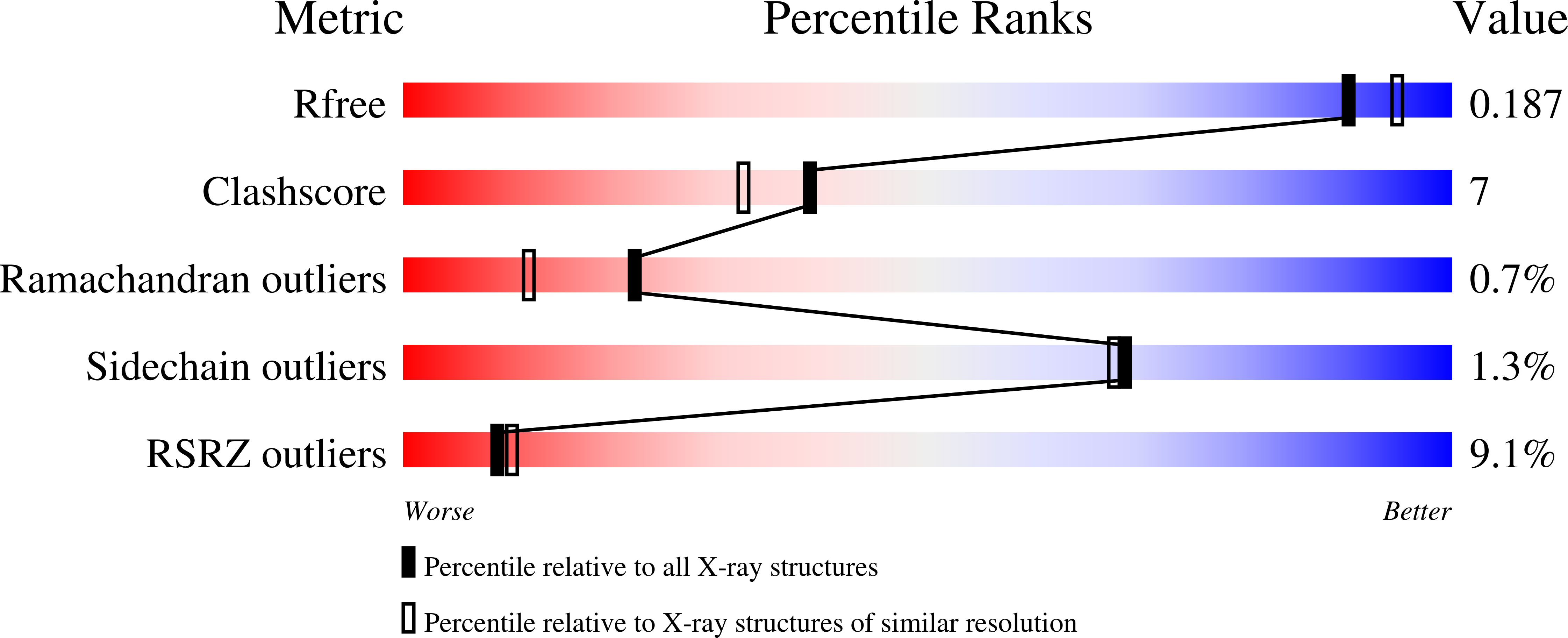
Deposition Date
2003-06-03
Release Date
2004-06-08
Last Version Date
2023-08-16
Entry Detail
PDB ID:
1PJJ
Keywords:
Title:
Complex between the Lactococcus lactis Fpg and an abasic site containing DNA.
Biological Source:
Source Organism:
Lactococcus lactis (Taxon ID: 1358)
Host Organism:
Method Details:
Experimental Method:
Resolution:
1.90 Å
R-Value Free:
0.22
R-Value Work:
0.20
Space Group:
P 41 21 2


